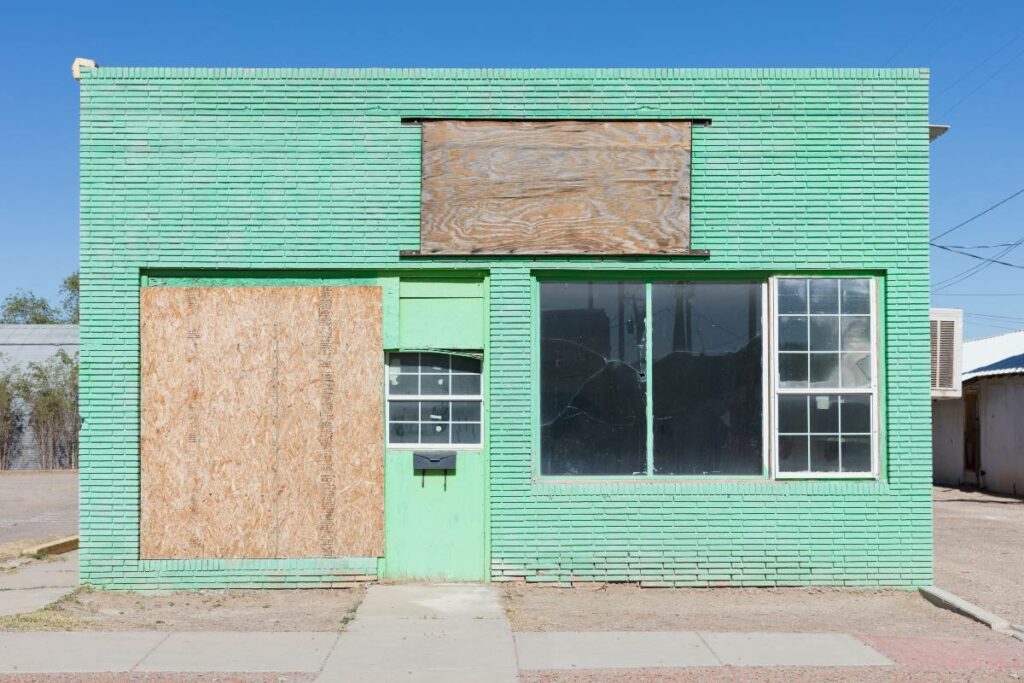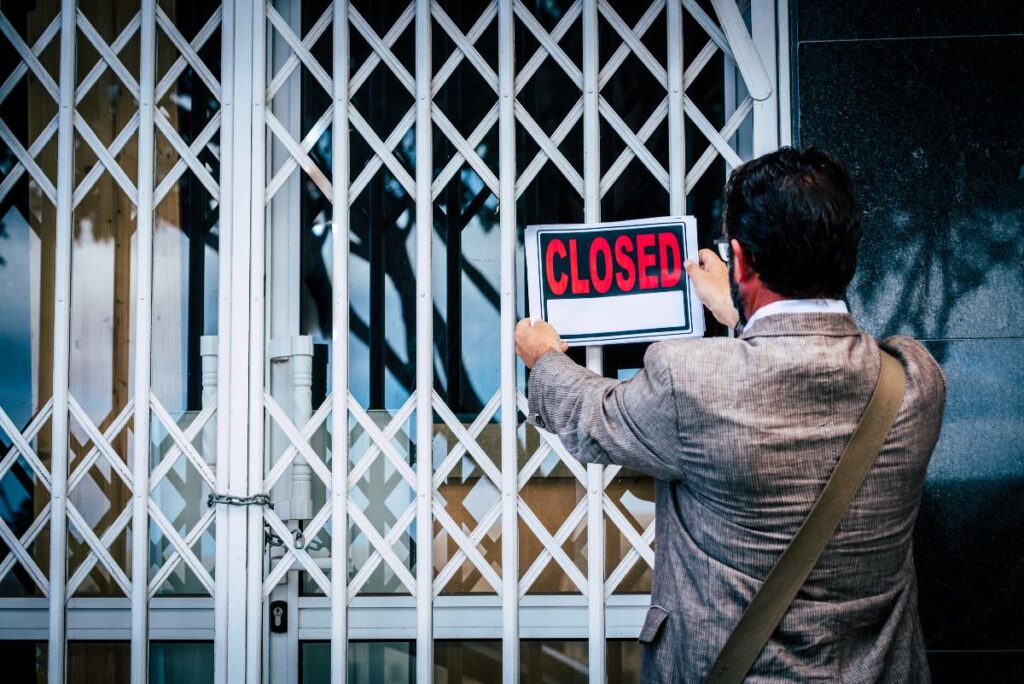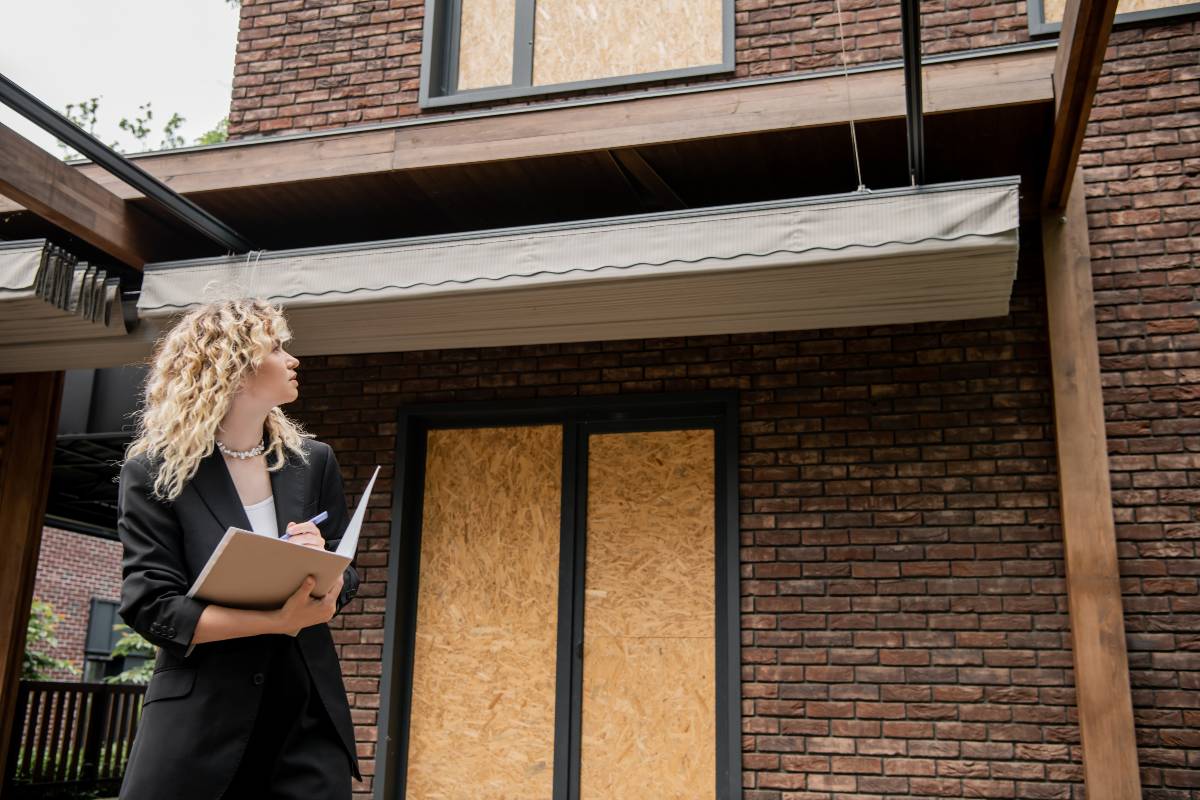The Commercial Foreclosure Surge in California, with higher interest rates and the growing popularity of remote work take their toll. According to a recent report by real estate data provider ATTOM, March 2024 saw a staggering 625 commercial real estate foreclosures, representing a 6% increase from the previous month and a sobering 117% jump from the same period last year.
California Hit Hardest by Foreclosure Surge
California, particularly the Los Angeles area, has been hit the hardest by this troubling trend. The state recorded 187 commercial foreclosures in March, marking a jaw-dropping 405% increase from the previous year, despite an 8% decrease from February. Downtown Los Angeles has been especially impacted, but the surge is not limited to urban centers. The ripple effect has spread across LA County, affecting various property types and locations, from residential neighborhoods to tourist hotspots.
California’s Commercial Foreclosure Trend
| Month | Number of Foreclosures | Year-over-Year Change |
| November 2023 | 100+ | N/A |
| February 2024 | 203 | N/A |
| March 2024 | 187 | +405% |
The rise in foreclosures can be traced back to November 2023, when California first experienced a significant uptick, surpassing 100 cases and continuing to climb steadily. Other states, such as New York, Florida, Texas, and New Jersey, have also witnessed notable increases in commercial foreclosures over the past month.
Top 10 States with the Highest Commercial Foreclosures
ATTOM’s March 2024 commercial foreclosure report provides a granular look at the states most affected by this troubling trend. Here are the top 10 U.S. states with the highest number of commercial foreclosures in March 2024:
| State | March 2024 Foreclosures | YoY Change |
|---|---|---|
| California | 187 | +405% |
| New York | 61 | +65% |
| Florida | 60 | +107% |
| Texas | 55 | +129% |
| New Jersey | 42 | +133% |
| Pennsylvania | 27 | +35% |
| Georgia | 21 | +163% |
| Ohio | 19 | -34% |
| Connecticut | 18 | +500% |
| Illinois | 17 | +31% |
California, in particular, has been hit the hardest, with 187 commercial foreclosures in March 2024, marking a jaw-dropping 405% increase from the previous year. The uptick in California’s commercial foreclosures commenced in November 2023, surpassing 100 cases and persisting in its upward trajectory thereafter.
Other states, such as New York, Florida, Texas, and New Jersey, have also witnessed significant fluctuations and consistent upward trends over the past decade. These states experienced notable month-over-month and year-over-year increases in commercial foreclosures, highlighting the widespread nature of the issue.
Factors Contributing to the Foreclosure Surge
1. Higher Interest Rates
The current situation is a stark contrast to the record low of just 141 properties in foreclosure during May 2020, at the height of the COVID-19 pandemic. During that time, many lenders offered commercial loan forbearance to help borrowers stay afloat. However, as these agreements have largely expired, the CRE market now faces a perfect storm of challenges.
Higher interest rates, driven by the Federal Reserve’s efforts to combat inflation, have made borrowing more expensive for commercial property owners. The Fed has raised rates to the highest level since 2001, and policymakers have signaled that they will remain elevated until there is more confidence that inflation has returned to the 2% target.
2. Shift Towards Remote Work
Compounding the issue is the waning demand for office space, as more companies embrace remote work arrangements. This shift has led to a decline in property values and increased the risk of default for borrowers. With approximately $1.5 trillion in commercial mortgage debt set to mature by the end of 2025, many borrowers may be forced to refinance at significantly higher interest rates or sell their properties at a substantial loss.
3. Role of Small and Regional Banks
Small and regional banks, which hold around 80% of the sector’s outstanding debt, are the primary source of credit for the $20 trillion commercial real estate market. However, the recent upheaval in the financial sector, exemplified by the collapse of Silicon Valley Bank, has raised concerns that lending standards may become drastically more restrictive, further exacerbating the challenges faced by CRE borrowers.

Navigating the Challenges Ahead
As the commercial real estate industry navigates this tumultuous period, property owners, investors, and lenders must remain vigilant and adaptable. The surge in foreclosures serves as a stark reminder of the economic headwinds facing the sector, and the need for strategic decision-making to mitigate risks and weather the storm.
Some key strategies for stakeholders to consider include:
- Proactive communication with lenders to explore potential loan modifications or extensions
- Diversifying property portfolios to reduce exposure to hard-hit sectors or locations
- Investing in technology and amenities to attract and retain tenants in a competitive market
- Exploring alternative financing options, such as private equity or crowdfunding platforms
- Conducting thorough due diligence and risk assessments before acquiring new properties
While the road ahead may be challenging, the resilience and innovation of the CRE industry have been proven time and again. By staying informed, leveraging data-driven insights, and exploring creative solutions, stakeholders can work together to navigate these uncertain times and position themselves for long-term success in the ever-evolving commercial real estate landscape.

Conclusion
The commercial real estate market is facing a significant challenge in the form of a foreclosure surge, driven by a combination of higher interest rates, remote work trends, and the potential for tighter lending standards. As the industry grapples with these headwinds, it is crucial for stakeholders to remain proactive, adaptable, and forward-thinking.
By embracing change, fostering collaboration, and prioritizing risk management, the CRE industry can emerge from this difficult period stronger and more resilient than ever before.
The key lies in staying informed, making data-driven decisions, and being open to new opportunities and innovative solutions. With the right approach, the commercial real estate market can weather this storm and lay the foundation for a brighter, more sustainable future. So if you want to know how to deal with this, schedule a consultation with me.




